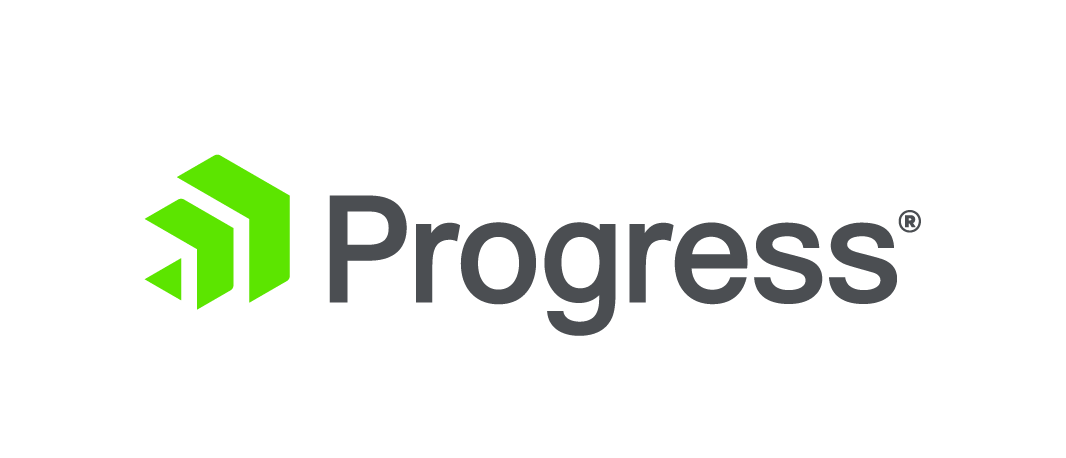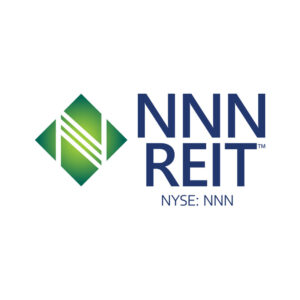- Progress Software Corporation is expected to release its quarterly earnings with an anticipated EPS of $1.30 and revenue of $237.2 million.
- The company’s stock price could fluctuate based on the earnings outcome, with a positive earnings surprise potentially leading to an upward trend.
- Key financial metrics such as a P/E ratio of 49.21, price-to-sales ratio of 3.44, and a debt-to-equity ratio of 3.54 are crucial for evaluating Progress Software’s market valuation and financial health.
Progress Software Corporation, listed on NASDAQ as PRGS, is a prominent player in the software industry, specializing in AI-powered digital experience and infrastructure software. The company is set to release its quarterly earnings on June 30, 2025. Analysts predict an earnings per share (EPS) of $1.30 and revenue of approximately $237.2 million for this period.
The upcoming earnings report is crucial, as it could significantly influence PRGS’s stock price. A year-over-year increase in earnings is anticipated, driven by higher revenues for the quarter ending May 2025. If the actual results exceed the consensus estimates, the stock may see an upward trend. Conversely, if results fall short, a decline could occur.
The sustainability of any immediate price changes will depend on management’s discussion during the earnings call. The Zacks Consensus Estimate suggests a positive outlook, with potential for an earnings surprise. The call is scheduled for 5:00 p.m. ET on June 30, 2025, and will be available on the Progress Investor Relations webpage.
Progress Software’s financial metrics provide insight into its market valuation. The P/E ratio of 49.21 indicates investors are willing to pay 49 times the company’s earnings. The price-to-sales ratio of 3.44 and enterprise value to sales ratio of 5.19 reflect the market’s valuation of the company relative to its sales.
The company’s debt-to-equity ratio of 3.54 shows a higher reliance on debt than equity. The current ratio of 0.79 suggests potential challenges in covering short-term liabilities with short-term assets. These metrics are important for investors to consider when evaluating the company’s financial health.




